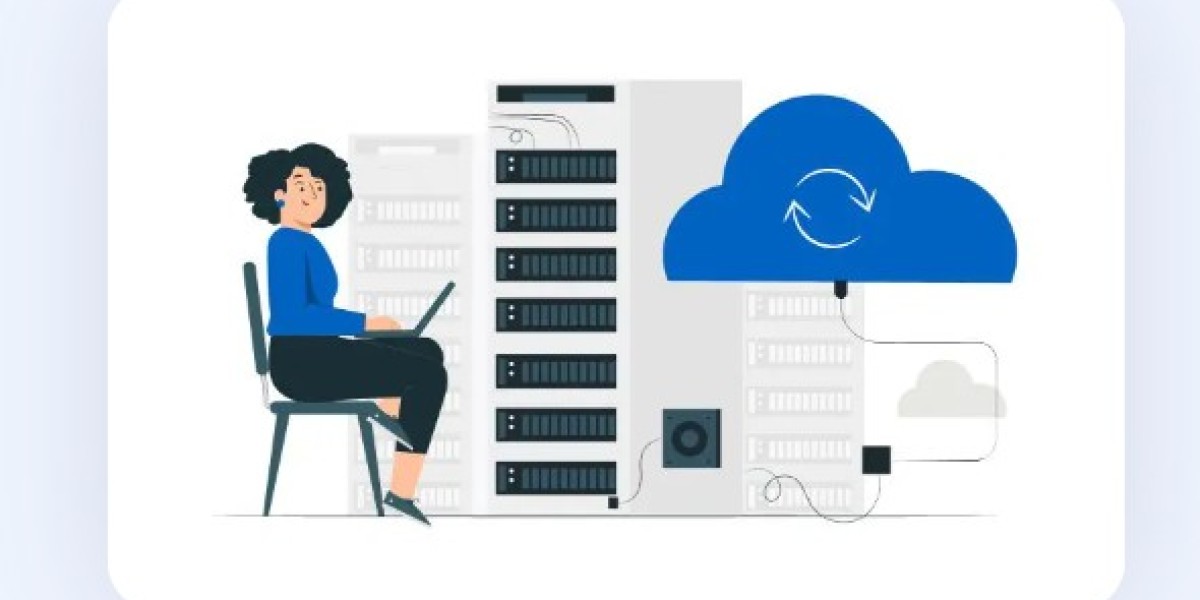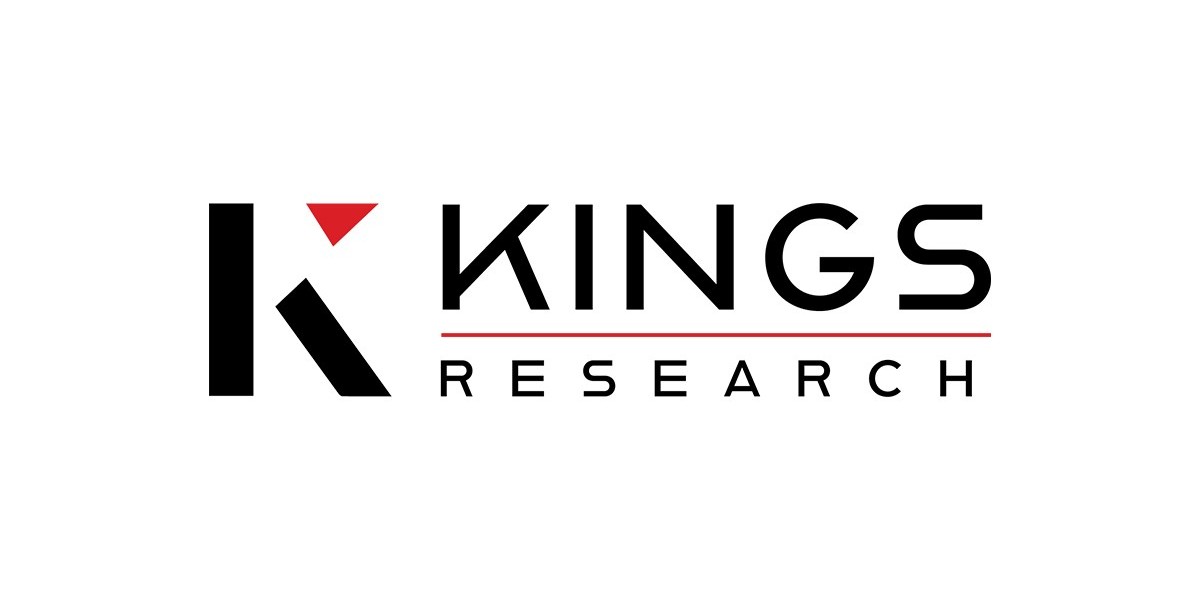In today’s digital-first world, businesses are constantly on the lookout for ways to stay competitive, agile, and resilient. Cloud computing has emerged as a critical enabler of these goals, offering scalability, cost efficiency, and the potential for rapid innovation. Many organizations, however, are still managing on-premises legacy applications, which, while reliable, often lack the flexibility and efficiency offered by cloud environments. Migrating from a legacy infrastructure to the cloud is no small task, but it can be done with careful planning and a clear strategy. In this guide, we’ll walk you through the essentials of application migration, from assessing your current system to successfully deploying applications on the cloud.
Why Migrate to the Cloud?
Before diving into the "how," let’s look at the "why." Moving from legacy infrastructure to a cloud environment provides a range of benefits:
- Scalability: Cloud platforms allow businesses to scale resources up or down based on demand, without needing to invest in physical hardware.
- Cost Savings: By moving to the cloud, organizations can shift from capital expenditures (CapEx) to operational expenditures (OpEx), paying only for the resources they use.
- Enhanced Security: Major cloud providers invest heavily in security, offering robust protection against data breaches, malware, and other cyber threats.
- Improved Performance: Cloud providers offer optimized environments with high computing power, which can improve application performance.
- Disaster Recovery: Cloud solutions often come with built-in disaster recovery capabilities, ensuring data resilience and accessibility in case of an outage.
Now, let's break down the migration process into manageable steps to ensure a smooth transition.
Step 1: Assess Your Current Legacy Systems
The first and most crucial step in any migration process is to understand what you currently have. This stage involves a detailed evaluation of your legacy systems, including their architecture, interdependencies, and performance. Key activities during this phase include:
- Inventory Mapping: Create an inventory of all applications, databases, servers, and dependencies. Identify applications that are business-critical, obsolete, or redundant.
- Application Dependency Analysis: Map out the dependencies between applications to understand how they interact with each other. This is essential for planning a phased migration.
- Performance Metrics: Measure the current performance of applications to establish a benchmark for cloud migration success.
- Risk Assessment: Identify potential risks and compliance issues, particularly if your organization operates in a highly regulated industry.
Step 2: Define Your Cloud Migration Strategy
Once you've evaluated your current systems, the next step is to decide on a migration strategy. Not all applications should be migrated in the same way, and different approaches may be suitable depending on an application's complexity, architecture, and importance to the business. Common migration strategies include:
Rehosting (Lift-and-Shift): This strategy involves moving applications to the cloud without significant changes to their architecture. It is often faster and less complex but may not fully take advantage of cloud-native capabilities.
Replatforming: Also known as "Lift-and-Optimize," this strategy involves making minor optimizations to take advantage of the cloud environment. Replatforming allows for some performance and cost benefits without significant code changes.
Repurchasing: In some cases, organizations opt to retire legacy applications and replace them with cloud-based Software-as-a-Service (SaaS) alternatives. This is particularly useful for applications that require frequent updates and are resource-intensive to maintain.
Refactoring/Re-architecting: This approach involves re-engineering applications to make them fully compatible with cloud-native architectures. While it provides the greatest long-term benefits, it is also the most complex and resource-intensive option.
Retaining: For certain applications that aren’t suitable for the cloud or don't provide significant value by migrating, it may be best to leave them on-premises.
Retiring: In some cases, you may identify applications that are no longer needed, and retiring them can reduce complexity and costs.
Step 3: Choose the Right Cloud Provider and Model
Choosing the right cloud provider and model is critical to the success of your migration. Major providers such as Amazon Web Services (AWS), Microsoft Azure, and Google Cloud Platform (GCP) offer a range of services and have their own advantages. Key considerations include:
- Cost Structure: Compare pricing models and decide which provider best aligns with your budget and usage patterns.
- Compliance Requirements: If your organization operates in a regulated industry, ensure the provider complies with relevant standards, such as HIPAA, GDPR, or SOC 2.
- Service Offerings: Evaluate the services each provider offers and their compatibility with your applications.
- Support and Training: Ensure the provider offers adequate support and training resources for your team.
In addition to selecting a provider, you’ll need to choose a cloud model that fits your needs. The main options include:
- Public Cloud: A multi-tenant environment where resources are shared among users.
- Private Cloud: A single-tenant environment that provides more control but may be costlier.
- Hybrid Cloud: Combines on-premises and cloud resources, allowing for greater flexibility.
- Multi-Cloud: Using multiple cloud providers to diversify risk and avoid vendor lock-in.
Step 4: Develop a Detailed Migration Plan
A comprehensive migration plan outlines the sequence of steps required to move each application to the cloud, with clear milestones, timelines, and roles. This plan should consider:
- Timeline and Phases: Break down the migration into phases, prioritizing business-critical applications and minimizing disruptions.
- Data Migration Strategy: Plan how data will be transferred to the cloud, considering volume, format, and security.
- Testing and Validation: Define testing protocols to ensure applications work as expected post-migration.
- Backup and Recovery: Implement a robust backup and recovery plan to protect against data loss during migration.
- Communication Plan: Keep all stakeholders informed throughout the migration process.
Step 5: Prepare Your Team and Infrastructure
Migration requires a skilled team and a supportive infrastructure. Consider the following preparations:
- Upskill Your Team: Ensure your IT staff is trained on cloud platforms, services, and tools.
- Set Up a Cloud Governance Model: Define policies for cloud resource usage, security, and cost management.
- Provision Infrastructure: Set up the necessary cloud infrastructure in line with your chosen model and applications’ requirements.
Step 6: Migrate Data and Applications
The actual migration process typically follows these steps:
Data Migration: Begin by transferring data to the cloud using data migration tools provided by your cloud provider. You can use methods such as bulk data transfer, direct database connection, or third-party data migration services.
Application Migration: For rehosting or replatforming, lift-and-shift applications to the cloud environment, ensuring dependencies are addressed. For refactoring or re-architecting, redesign applications as necessary to work optimally in the cloud.
System Integration: After each application is migrated, perform integration tests to ensure it interacts correctly with other systems and applications.
Optimize: Fine-tune configurations to improve performance, manage resource allocation, and optimize costs.
Step 7: Perform Testing and Validation
Testing is essential to verify that applications are functioning correctly in the new environment. Testing should cover:
- Performance Testing: Ensure the application performs as expected under typical and peak loads.
- Functional Testing: Verify that all application functionalities work as intended.
- Security Testing: Check for security vulnerabilities and ensure compliance with security policies.
- User Acceptance Testing (UAT): Engage end-users to validate that the application meets business requirements.
Step 8: Monitor and Optimize in the Cloud
Once your applications are live in the cloud, proactive monitoring is essential to ensure ongoing performance and cost efficiency. Implement these best practices:
- Cloud Monitoring Tools: Use cloud-native monitoring tools to keep track of application performance, resource usage, and availability.
- Cost Management: Set up alerts and regularly review resource usage to prevent overspending.
- Continuous Optimization: Identify opportunities to optimize configurations, such as auto-scaling or using managed services for cost savings.
- Security Audits: Conduct regular security audits and keep up with provider updates to maintain a secure cloud environment.
Step 9: Establish a Continuous Improvement Process
Migrating to the cloud is not a one-time project; it’s an ongoing journey that requires regular updates and optimizations. Establish a continuous improvement process to ensure that your cloud environment evolves with your business. Key considerations include:
- Continuous Integration and Continuous Deployment (CI/CD): Set up CI/CD pipelines to accelerate updates and deployment cycles.
- Automate Maintenance: Automate repetitive tasks to free up resources and improve reliability.
- Stay Informed: Keep up with new features and services offered by your cloud provider, as they may offer further opportunities for improvement.
Conclusion
legacy application migration to the cloud can be a complex but highly rewarding endeavor. By following a systematic approach—assessing current systems, choosing the right strategy, planning the migration process, and conducting thorough testing—you can successfully transition to a cloud environment that enables scalability, cost-efficiency, and resilience. Although migration requires initial investment in time, training, and resources, the benefits of a well-executed cloud strategy can drive significant long-term value for your organization.










